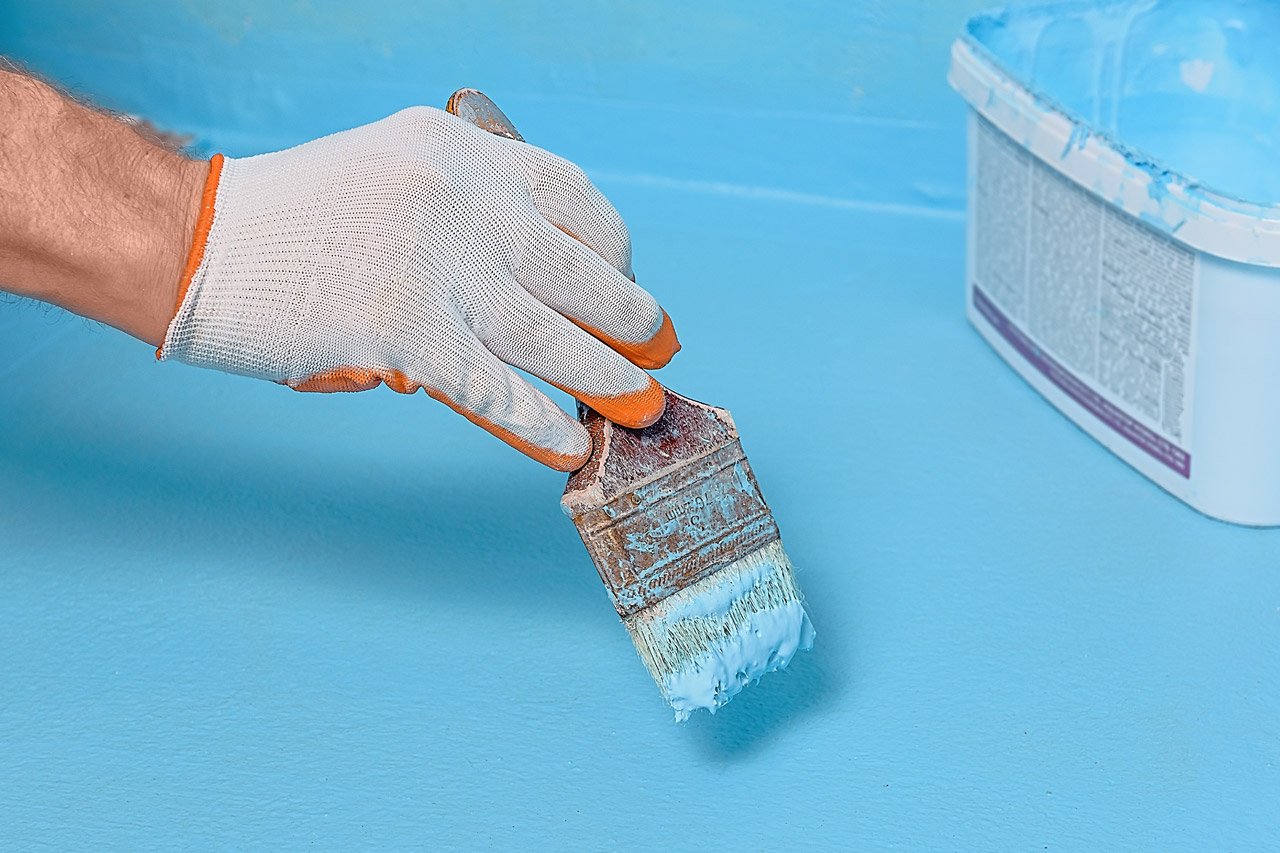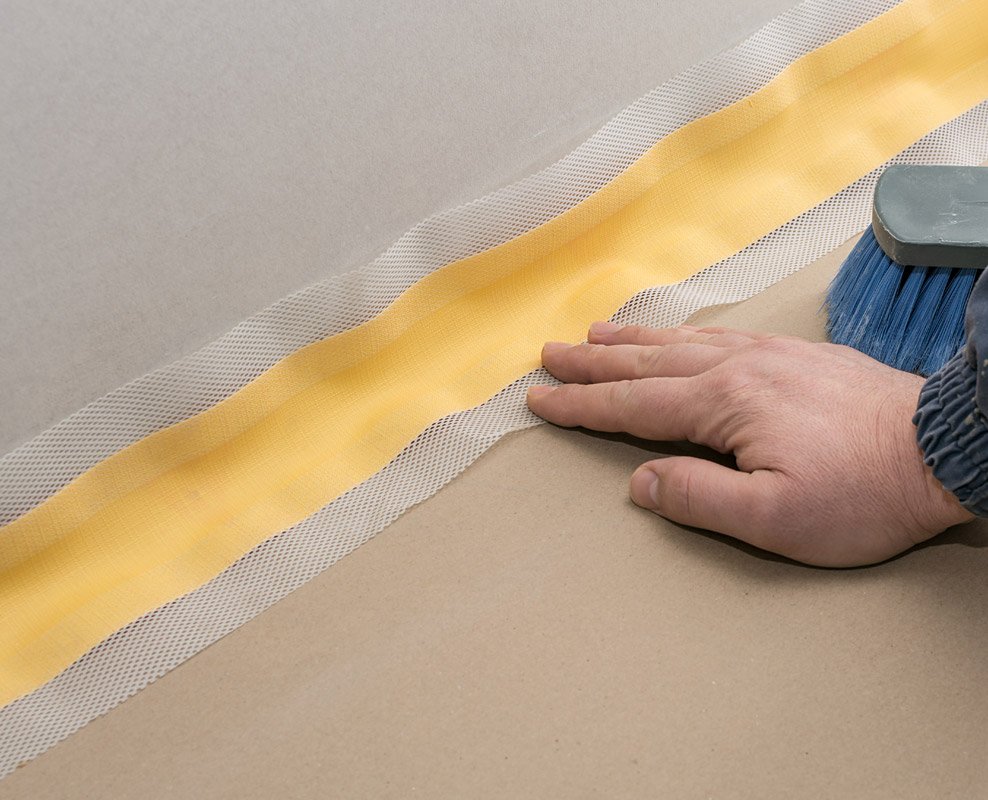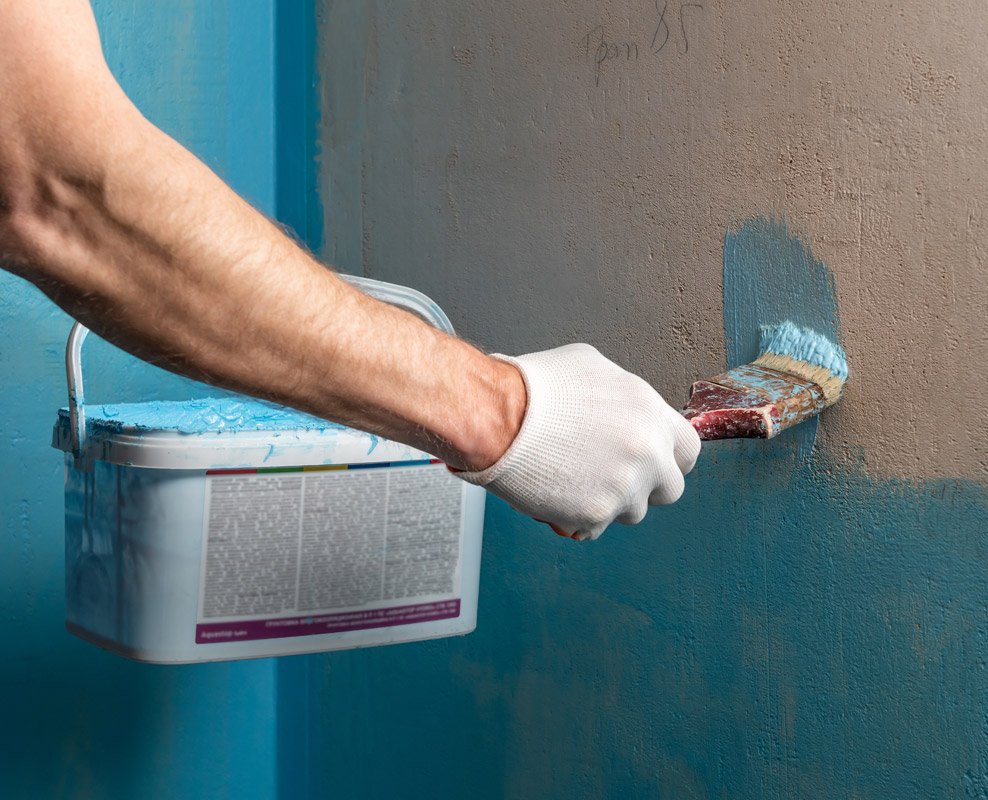Waterproofing your bathroom - A guide
21 February 2024

Why is it essential to waterproof your bathroom?
Waterproofing in the bathroom has several important roles and should be considered for at least a few reasons. First of all, it’s an effective protection against moisture. Properly done waterproofing effectively prevents water from penetrating into the structure of the building. Since water molecules won’t penetrate deep into the wall, it’s less likely that a moisture problem occurs. Related to this is another role of bathroom waterproofing - it is preventing the growth of mold and other fungi, and these can lead to various health problems. Having no waterproofing in the bathroom can contribute, for example, to the development of asthma and allergies, or weaken your immunity system. Besides, moisture penetrates not only into the wall, but also the furniture, contributing in this way to their deterioration. Also, metal elements can get corroded, and bathroom tiles will be subject to cracking.
Choosing the right materials to waterproof your bathroom
We already know that bathroom waterproofing is important for the health of its users and durability of furnishings. The question now is what materials should be used to make bathroom waterproofing fully effective. There are two solutions available on the market: waterproofing membranes and waterproof coatings. They differ in the method of application and properties.
Membranes are highly elastic and waterproof materials, and choices include polymer and bituminous membranes. Such membranes effectively protect against moisture, but their application requires certain skills. What’s special about waterproof coatings, on the other hand, is that they form a thin layer after application and are generally made of polymers. They are less flexible than membranes and work well with regular and even surfaces. Both options are worth considering and it’s best to choose them according to one’s needs.
Bathroom preparation for the waterproofing process
Once the material is selected, the bathroom should be prepared for its application. This stage is as important as the waterproofing itself, and must not be ignored. First of all, we should get rid of our old tiles and waterproof layers. The next step is to take a close look at the surface. It must be well cleaned, dried and vacuumed. If there’s any roughness, it must be cleared away before application. If there are any visible cracks and holes, they must be filled with a suitable material. An even and smooth substrate makes the waterproofing material easier to apply and improves its durability, thus the bathroom waterproofing will last longer. What comes next?
How to properly apply waterproofing membranes and coatings?
The first step is to seal the bathroom floor. We start where the wall meets the floor, so in these spots where water collects often. For this, we can just use a sealing tape. It’s also worth using it at inside corners and at pipe joints. For the latter, puddle flanges work well.
The prepared substrate should be primed. This is especially important when bathroom waterproofing involves a surface that is finished with an absorbent material like plaster. This will reduce its absorbency, less waterproofing membrane will be used and it will adhere better.
At this stage, we can proceed to the application of the waterproofing material, following the manufacturer’s recommendations. Bathroom waterproofing layer should always be applied carefully and thoroughly. However, the method itself depends on the chosen solution.
Undertile waterproofing in the bathroom
In this version, the compound is sold in buckets. It must be mixed well before application, and then applied with a roller or a brush. Bathroom waterproofing of this type should create a layer that is 1mm thick. Most manufacturers recommend covering the surface with two layers with a six hour lag.
Undertile bathroom waterproofing using a sealing mat
A sealing mat is a thermoplastic elastomer combined with a non-woven polyester fabric. This option works well both on the walls and on the floor. It’s a shrewd choice when the investor is interested in waterproofing their shower stall or bathtub. Such a mat is resistant to biodegradation, and being so elastic, it can be used for difficult substrates, even with underfloor heating.
Liquid rubber for the bathroom
A proven solution is to waterproof your bathroom with liquid rubber. Its advantage is that it’s a one-component formula. After opening, all we need to do is mix its contents, just as with regular paint. Application is not troublesome either. This form of shower waterproofing, after drying, creates a watertight elastic layer. Its downside is that it’s less resistant to mechanical damage, which should be kept in mind. No matter what kind of shower liquid rubber is purchased, it’s recommended to place an additional protective layer on top of it, which can be made of tiles for example.

Mistakes to avoid when waterproofing your bathroom
Knowing what kind of bathroom waterproofing will work best still doesn’t guarantee that it will do the job. There are some mistakes that a lot of people commit. What to avoid when waterproofing your bathroom then? Without a doubt, wrong surface preparation is one of them. When it’s uneven, cracked or covered with dust, no waterproofing material will adhere well and this significantly reduces its subsequent tenacity. The second mistake is careless covering the surface with waterproofing material and not paying proper attention around edges and corners. For this reason, it’s better for those without experience in this matter to talk to a professional. This will guarantee that the shower waterproofing is done correctly.

Summary
Having no waterproofing in the bathroom can have serious consequences. It increases the risk of developing a disease, and can cause unpleasant odors, mold growth and damage to the furnishings. Bathroom floor waterproofing should be done at the construction stage or during a general renovation. It should be done diligently and with the use of products designed for this purpose.